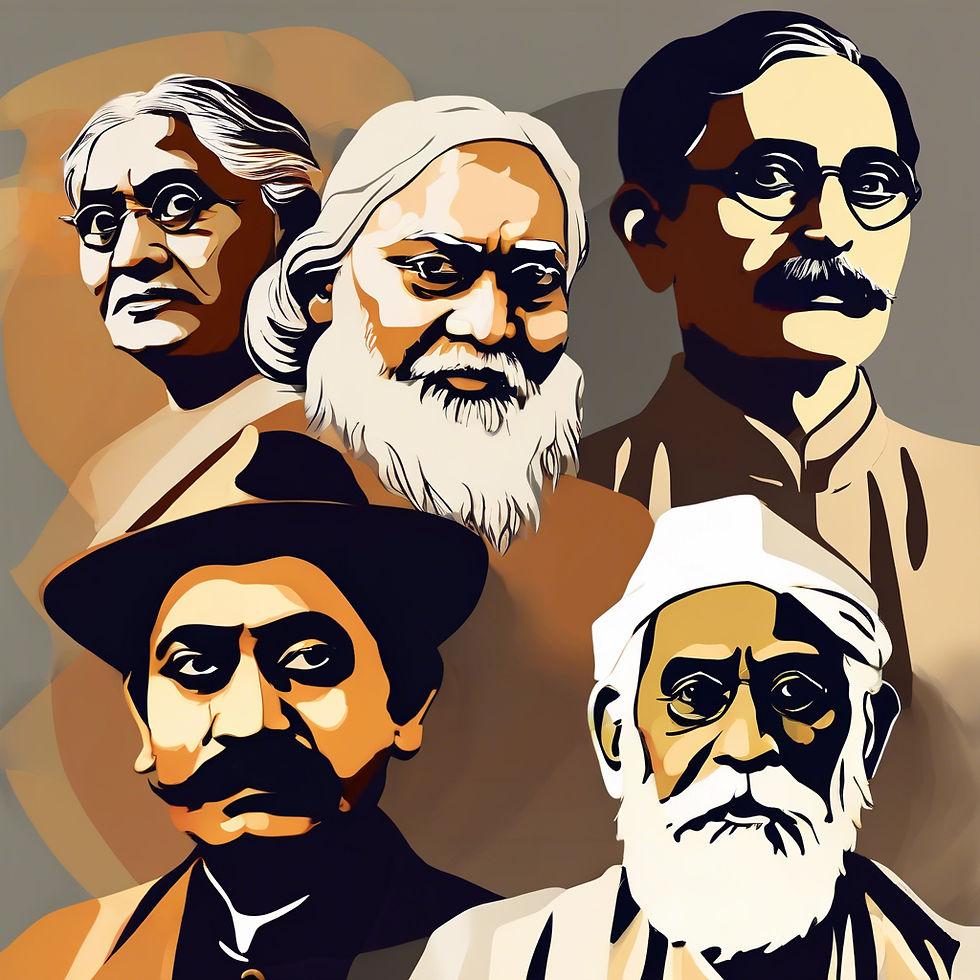The Meaning Behind Traditional Indian Wall Murals
- CAMI Info
- Jul 18
- 2 min read
From temple corridors to village homes, the walls of India have always spoken — through art. Covered in symbols, gods, patterns, and stories, Indian wall murals are not just decoration. They are windows into the culture, values, and beliefs of the people who painted them.
In an age of Instagram filters and digital wallpapers, these age-old murals still hold power — connecting generations through colours, myths, and meaning. But what do they really say? And why should children learn about them?

Walls That Tell Stories
Indian wall murals are one of the oldest forms of storytelling. In Kerala, the famous temple murals use natural pigments to depict tales from the Ramayana and Mahabharata. In Rajasthan, the Shekhawati havelis are filled with detailed paintings of gods, rulers, and even early trains and cars — blending tradition with modern life.
In tribal and rural India, wall paintings like Sohrai, Khovar, Pithora, and Warli are made during festivals, weddings, and harvests. They tell stories of animals, farming, love, and protection — painted with clay, charcoal, rice paste, and plant colours.
These murals are alive — they grow, change, and return with each new season or celebration.
Symbols With Deep Meaning
Each element in an Indian mural has meaning.
A lotus stands for purity.
A peacock brings good luck.
A sun is life and energy.
A tree connects heaven and earth.
Even geometric patterns represent order, rhythm, and spiritual harmony.
These symbols help children understand how art can carry emotion, tradition, and philosophy — all without words.
Murals and Modern India
Today, Indian wall murals are making a comeback. They’re being recreated in urban spaces, schools, museums, and art cafes. Artists are using traditional mural styles to talk about climate change, equality, mental health, and more.
For kids, learning mural art is a way to:
Understand their cultural heritage
Connect to regional traditions
Try large-scale painting
Explore storytelling through visuals
Bring Wall Art to Life With CAMI!
At the Children’s Art Museum of India, we love helping young artists explore India’s rich mural traditions — from temple frescoes to tribal wall art. Whether it’s a mural of your family in Warli style or a scene from your favorite festival, your wall can become your canvas.
Submit your mural-inspired artwork to www.childrensartmuseumofindia.com. Selected pieces will be featured in the CAMI Gallery and celebrated on our social platforms!
Let’s keep the walls talking — with colour, culture, and creativity!
#IndianWallMurals #FolkArtForKids #WarliArt #TempleMurals #TribalArtIndia #SohraiArt #KhovarArt #CAMIIndia #ChildrenArtMuseum #IndianArtForKids #HeritageArt #YoungArtistsOfIndia #CulturalArt #StorytellingThroughArt #TraditionalMurals #ArtForChildren




Comments